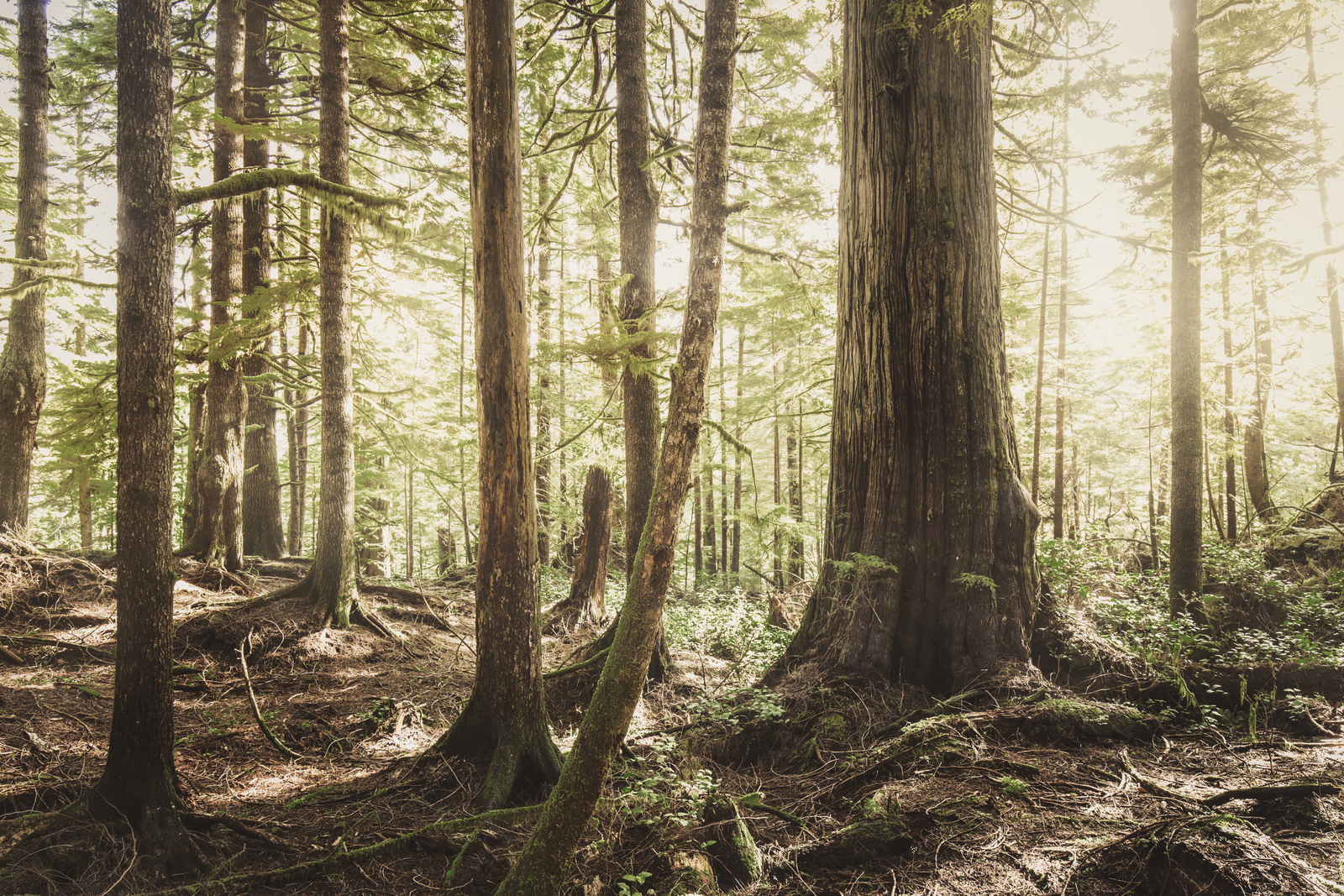
Let’s applaud forests of all kinds, old, young, small and tall. They cover one-third of Earth’s land area, contain more than half of the world’s terrestrial plants and animals, are the source of two-thirds of all cancer- fighting medicines, and absorb over 2 billion tons of carbon dioxide annually.
“Ancient trees are precious. There is little else on Earth that plays host to such a rich community of life within a single organism.”
Sir David Attenborough
Let’s applaud forests of all kinds, old, young, small and tall. They cover one-third of Earth’s land area, contain more than half of the world’s terrestrial plants and animals, are the source of two-thirds of all cancer- fighting medicines, and absorb over 2 billion tons of carbon dioxide annually.
And, as the youth of the world capture headlines and increasingly hold their leaders to account on climate, we recently learned that young forests are powerful too, being among the most effective at capturing carbon. Depending on their surroundings, trees can put on an ‘adolescent’ spurt of growth by consuming CO2 from the atmosphere at remarkable rates.
Under current levels of forest disturbance and recovery, young growing forest can absorb the equivalent of seven years of worth of fossil fuel emissions. And, a recent study in Nature found that new rainforests grown on degraded lands are capable of storing up to 11 times more carbon than old-growth rainforests.

As for the oldies, we love them too. They hold huge stocks of carbon reserves locked up through millennia of growth. They are also more ecologically stable and contain more biodiversity than their younger cousins. For longevity reasons alone, they deserve our respect: there are more than 100 species of tree around the world that can live for more than 1,000 years. Imagine what changes those trees have seen.
The amount of carbon a tree sequesters varies based on its growth rate, age, species, and the conditions in which it’s growing. Warm and wet climates with long growing seasons contribute to rapid plant growth and indirectly promote higher rates of carbon sequestration. That’s why they are so important to help stabilize the climate.
Humanity’s very future depends on how we now manage and maintain our forests. That might mean finding new ways to combine ancient ways of living, as well as the use of modern technology.